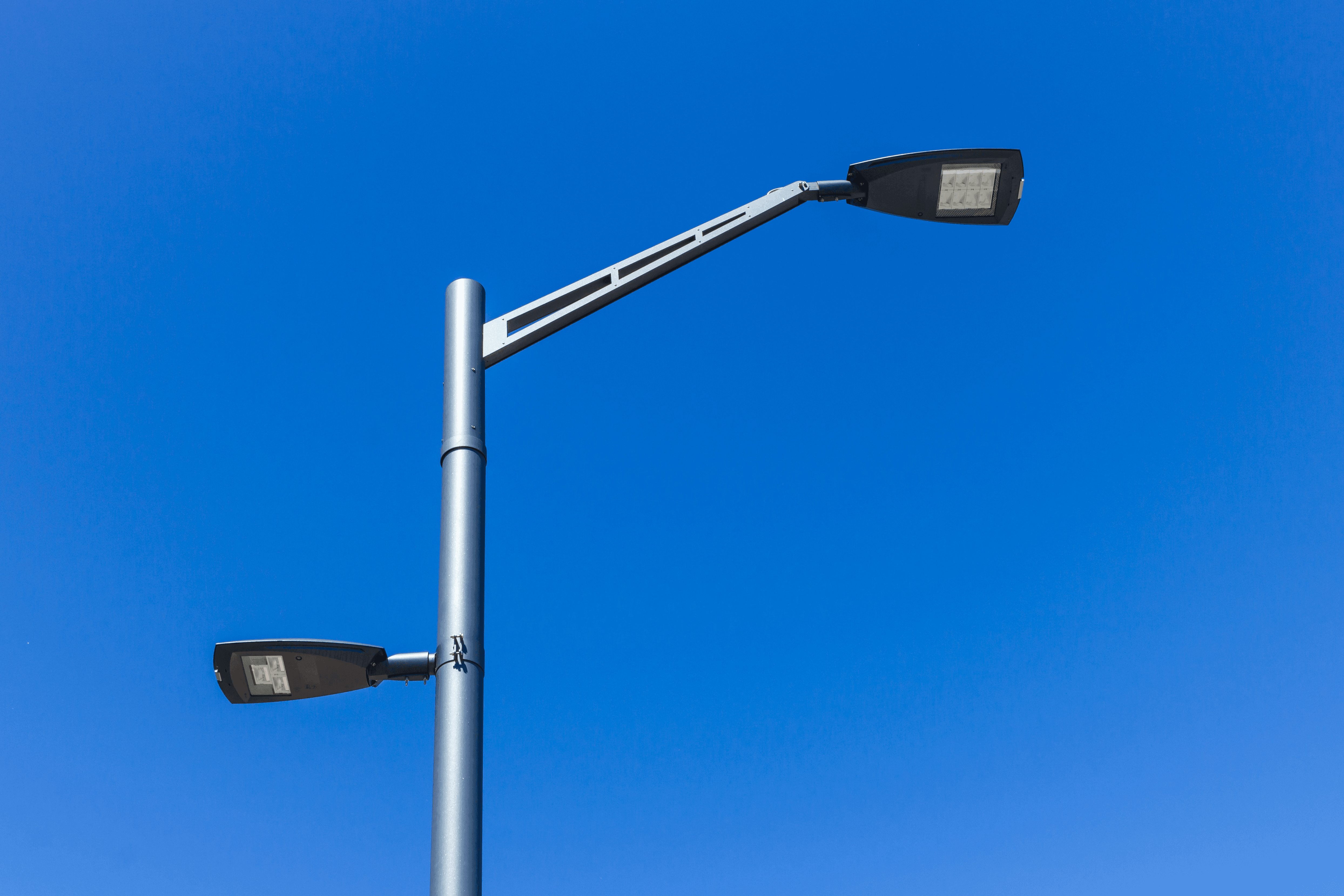Smart cities are on the rise. By definition, a smart city uses information and communication technologies to improve operational efficiency, share information with the public, and improve both the quality of government services and citizen welfare. Every day, smart city technologies are deployed across the globe, improving the lives of citizens everywhere, but it can be daunting to implement a radically different technology initiative. That’s why cities around the world are taking small, impactful steps first, by installing LED streetlights.
Streetlights are essential critical infrastructure
The streetlight is a piece of critical infrastructure that many civilians take for granted. While residents don’t notice streetlights until they stop working, utility companies and city officials struggle to keep hundreds of thousands of streetlights on every day. The traditional streetlights’ (Incandescent, mercury vapor, and high-pressure sodium) average lifespan is 3-5 years and a city has anywhere from 150,000 to 350,000 of them. Utility companies have their work cut out for them.
LED streetlights save money
Constant maintenance and upgrades to streetlights take time, but the amount of electricity used costs the city money, as well. Traditional streetlights cost anywhere from $95 to $150 per light per year. In a city like New York, with over 300,000 streetlights, the electricity and maintenance costs for streetlights are astronomical, and switching to LED could and has saved the city millions. LED streetlights produce more light with less energy and also cost less, around $30 to $40 per light per year. And, LED streetlights last for over 20 years. With lower annual costs, less maintenance, and increased energy efficiency LED streetlights are a great first step for cities making the move to being a smart city.
Decrease cost and increase safety
Currently, there are 304 million streetlights in the world. By 2025, there will be 352 million. LED and smart street lighting will cumulatively represent a $63.5 billion market opportunity. In addition to offering longer lifetimes, lower energy consumption, and less in maintenance LED play a critical role in improving cities operational efficiency. When LED streetlights are networked together they are able to decrease cost and increase city safety by off-peak dimming, reduced downtime, and lower maintenance costs.
LED streetlight installation
The process of upgrading a streetlight from traditional to LED takes about 30 minutes. Remove the streetlight head, replace it with the new LED, and repeat. Sounds simple, right?
Switching over an entire city’s streetlight system to LED is a high volume project that involves hundreds of thousands of sites. Even though an individual installation will only take about 30 minutes, installing an entire network is much more complex. In San Francisco, installing 18,500 LED streetlights will take about 555,000 hours. For high volume projects, it is important to have a single source of truth, real-time updates, and robust reporting in order to make data-driven decisions that will affect the future of the project. Sitetracker is a project and asset management platform trusted by utility companies to track their LED streetlight installations. Learn how Sitetracker can help your city get smarter.
